By Michael D. Hull
August 1944 saw a rosy mood of optimism and self-deception sweep through the Allied high command in France as a result of the sudden, dramatic end to the campaign in Normandy.
There were some short-sighted souls who perceived that the European war was virtually over, with the German Army retreating in apparent disarray after suffering nearly 450,000 casualties. But the premature celebrants at SHAEF (Supreme Headquarters Allied Expeditionary Force) were overlooking the fact that there were still more than a million enemy troops in front of them, and these were committed to defending the Reich.
[text_ad]
Despite many costly lessons in Tunisia, Sicily, at Salerno and Anzio, and in the Normandy bocage country, the Allied high command was again failing to comprehend the will and tenacity of well-trained German troops to resist against overwhelming odds. In August 1944, they were retreating but fighting stubbornly, and an appropriate Allied strategy was lacking. It was time for pursuit rather than consolidation. General Dwight D. Eisenhower, Supreme Allied Commander, and his headquarters staff had not drawn up a clearly stated blueprint for a post-Normandy campaign except for Eisenhower’s own broad-front strategy. There had been no proposal from SHAEF on how to deal with the aftermath of the Normandy victory on an epic scale.
When the Allied armies neared the Siegfried Line, the heavily fortified western perimeter of the Third Reich, their lightning advance ground to a halt. “We have advanced so rapidly,” Eisenhower reported to General George C. Marshall, U.S. Army Chief of Staff, “that further movement in large parts of the front, even against very weak opposition, is almost impossible.”
Eisenhower’s army had moved so far ahead of schedule that it had outrun its supply line, which stretched all the way back to the invasion beaches. There, 90 percent of its reinforcements and matériel still came from across the Channel in England. The Allied armies were critically short of supplies, especially gasoline.
Due to a lack of foresight at SHAEF, the Allied victory in Normandy had produced a logistical nightmare, what war correspondent Ernie Pyle described as “a tactician’s hell and a quartermaster’s purgatory.”
The advancing armies were consuming fuel at a rate of about 800,000 gallons a day, and one U.S. division in combat required at least 500 tons of matériel—ammunition, rations, clothing, and medical supplies—a day. The First and Third Armies each consumed about 400,000 gallons of gasoline daily as their Sherman medium tanks, tank destroyers, half-tracks, and field guns rolled out of Normandy. There was plenty of fuel and other supplies, but it was all in Normandy, stacked on the beaches, alongside roads, and around the villages. Few supply dumps existed between Normandy and the front lines, while some of the Allied forward units were 300 miles distant.
General John C.H. “Jesus Christ Himself” Lee
The man behind the logistical crisis was short, swaggering Lt. Gen. John C.H. “Jesus Christ Himself” Lee, chief of U.S. Services of Supply, who had failed to improvise an adequate and flexible supply system. While a spit and polish martinet and prodigious worker respected by Eisenhower, Lee was more preoccupied with establishing an elaborate, overstaffed headquarters in Paris than in ensuring the advancing armies were adequately provisioned. They had outrun their supply lines, and getting necessities to the front was a daunting challenge. The French railway system had not recovered from Allied preinvasion bombing raids, and the Germans were still holding a number of major ports, including Calais, Le Havre, Brest, and Dunkirk. Cherbourg on the French northwestern coast was available, but its harbor facilities had been severely damaged by the Germans.
Eisenhower noted, “With 36 divisions in action, we were faced with the problem of delivering from beaches and ports to the front lines some 20,000 tons of supplies every day.”
The advancing forces had to be kept armed, fed, and moving, and the only solution was a long-range trucking system. As early as June 14, the U.S. Army had launched POL (petrol, oil, and lubricants) routes in France, with trucks and tankers delivering fuel and oil from the beachheads to inland depots. Other trucks picked up gasoline in jerry cans and hauled it forward during the early days of the pursuit. But it was not enough, and a more efficient, orderly system was needed. So, officers of the Services of Supply and other field commanders assembled to find a solution to the crisis.
The principal planners were two officers from COMZ (communication zone) headquarters, Lt. Col. Loren A. Ayers and Major Gordon K. Gravelle. After 36 hours of intense study, they devised a novel plan for a nonstop convoy network, utilizing the abundance of vehicles available to the American armies. Trucks were being unloaded in Normandy from cargo ships and landing craft at a rate of 3,000 per day. The aim of Ayers, Gravelle, and their staffs was to deliver 82,000 tons of supplies between August 25 and September 2. Borrowing a traditional railroading term for fast freight, the planners chose the name “Red Ball Express.” Their quick thinking met the logistical challenge and created a military legend.
23,000 Drivers and Mechanics, 6,000 Trucks and Jeeps
Army Transportation Corps and Services of Supply officers hastily organized the transport system in August 1944. They mobilized 23,000 drivers and mechanics, three-quarters of them black soldiers, and assembled more than 6,000 trucks, tankers, and escort jeeps. The blacks were recruited from service units, and most welcomed the opportunity to drive trucks rather than spend the rest of the war toiling at menial tasks. The segregated U.S. Army barred blacks from combat duty, except in the case of a few units such as the Third Army’s 761st Tank Destroyer Battalion.
The primary vehicles assembled for the Red Ball Express were standard two-and-a-half ton Jimmy cargo trucks, six-by-six cab-over-engine cargo and tractor trucks, two-and-a-half ton amphibian DUKWs, and four-by-four tractor trucks. The General Motors Jimmy, also popularly known as the “deuce-and-a-half,” formed the backbone of the Army’s supply chain.
The Red Ball Express was launched on Friday, August 25, 1944, with 3,558 trucks, mostly Jimmies, of 67 truck companies hauling 4,482 tons of supplies. They rolled out of St. Lo, in northwestern France, heading eastward on a one-way rout for 125 miles to the Chartres-Dreux area, where depots had been set up to supply the U.S. forces advancing beyond the River Seine toward Germany.
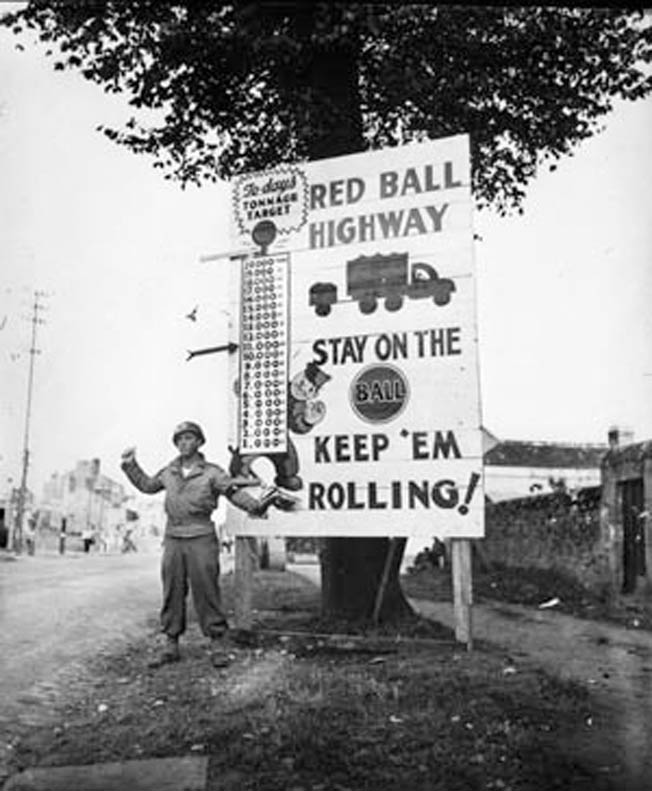
The trucks were crammed with matériel as they thundered out of the green Norman countryside, refueled in their first bivouac area at Alençon, and highballed on through ancient villages and past farms, flowery fields, and apple orchards until they came to the wide plain and saw the famous twin spires of the 13th-century Chartres Cathedral gleaming in the distance. Supplies were unloaded, and the empty trucks barreled back to St. Lo on another one-way route, where the process was started again.
All along the Red Ball Highway, the truckers passed grim signs of war: wrecked German tanks and trucks pushed to the sides of the roads or resting in fields, the graves of fallen enemy soldiers, and dead and decaying cattle. Destroyed bridges had to be bypassed, and when the convoys came to hamlets along the route, they had to slow to a crawl. The drivers of heavily loaded 10-ton tractor trailers had to summon all their skill to maneuver through narrow village streets, and even the smaller Jimmies hauling one-ton trailers found it hard going.
By the fourth day of operations, the system had been expanded, with 132 truck companies using 5,958 vehicles to carry more than 12,000 tons of supplies. Rest areas and regulating stations had been established along the route, and the Red Ball was in business. The bumper-to-bumper convoys became a familiar sight to Allied soldiers and French villagers, with endless streams of trucks jouncing and fuming through their one-way route.
Getting supplies to the frontline armies was the primary concern, and the Red Ball muleskinners would stop for nothing. Inevitably, they soon developed a reputation for recklessness and speeding, and wrecked Jimmies at the bottom of a steep hill or near a sharp curve became commonplace sights. British soldiers joked that if they saw a Red Ball truck approaching they should scramble out of the way and climb a tree. French pedestrians and bicycle riders scattered clear when they heard the roar of approaching supply convoys.
Moving 135,000 tons of Matériel
The original Red Ball route was a one-way loop road running one way to Chartres and back on another. The total length, outbound and inbound, was about 300 miles. It was kept strictly off limits to other vehicles. Military Police units were stationed to direct the trucks and keep unauthorized vehicles clear. The supplies had to get through, and the rest of the roads in France were jammed with Allied transport. The outgoing Red Ball convoys had difficulty leaving St. Lo because the town had been almost destroyed by bombing and artillery, and there was only room on the streets for one truck to get through at a time.
To avoid attracting the attention of enemy snipers and aircraft, truck headlights were not used. The drivers had to negotiate the roads with only tiny blackout lights, “cat’s eyes” on the front and rear of the vehicles. These lights were designed primarily for identification. But when the need for supplies became even more critical, COMZ allowed the convoys to use headlights in areas at least 10 miles from the front lines.
Besides much-needed gasoline for tanks and tank destroyers, the Red Ball trucks carried ammunition, rations, clothing, spare parts, and medical supplies. They also carried British-built Bailey bridge sections and a wide assortment of other items such as wire, soap, soft drinks, brooms, flour, potatoes, and candy. Between August 29 and September 15, 1944, a total of 6,000 Red Ball trucks carried 135,000 tons of matériel on two highways running from St. Lo to the supply depot at Chartres. On occasion, the Red Ball drivers were pressed into service to transport replacement soldiers, Army nurses, and elements of the 26th, 30th, 90th, and 79th Infantry Divisions.
“We carried anything, from straight pins to tank parts,” reported one driver, “and we carried them in all kinds of conditions and all kinds of weather.”
“God, it was Awful”
Organized hastily, the Red Ball Express was plagued by both administrative and operational breakdowns. Overlooked trucks were run so much that they virtually wore out, and the Red Ball itself was contributing to the Allied armies’ shortage of fuel. During the last week of August 1944 and the first week of September, Red Ball vehicles consumed more than 300,000 gallons of gasoline a day on their runs to the front. A tire shortage arose, maps were often unavailable to drivers, and many disabled Jimmies were left stranded on roadsides because of a scarcity of tow trucks. A spot check on September 10 revealed 81 loaded vehicles waiting for servicing along a section of the Red Ball Highway between Vire and Dreux.
Truck crews often used side roads and ignored speed limits and maintenance stops. MPs who tried to check them were cursed at. The MP companies assigned to traffic control were essential to the success of the operation, but they had hundreds of miles to cover. They did their best to ride herd on the convoys, but there were never enough MPs. They had a thankless task.
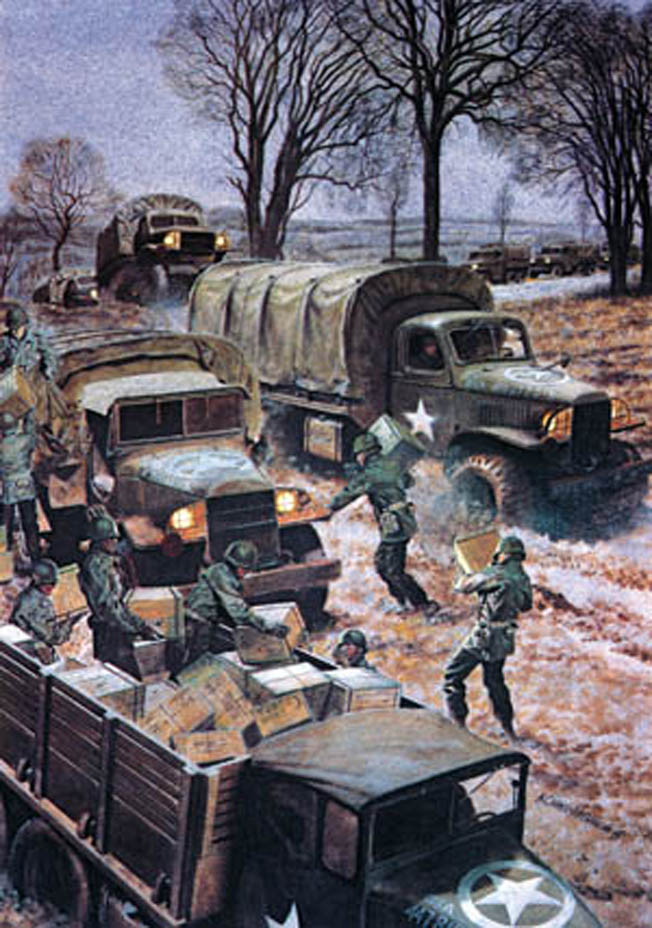
Thefts from parked trucks by black marketers, American deserters, and hungry French citizens became a serious problem. Army officers tried to requisition Red Ball trucks when they needed instant transportation, and troops from Patton’s Third Army sometimes even ambushed convoys and pirated gasoline.
It was a tiring, dangerous existence for the Red Ball drivers, assigned two to a truck. They were under heavy pressure to deliver their precious loads in double-quick time. Although the penalty could be severe, some drivers and mechanics removed the speed regulating governors from beneath the carburetors on vehicles so that they could run at 60 miles an hour. When one driver became exhausted, he and his relief man would switch seats while the truck was barreling along the road. If the exchange was done right, a foot was always on the gas pedal. Many truckers drove for 48 hours straight without sleep.
“God, it was awful,” one recalled. “Sometimes I felt like screaming. You couldn’t sleep, and they wouldn’t let you stop.” Another driver said, “Whenever possible, we stopped by the side of the road to take a pee or get five or 10 minutes of sleep. Then we’d get back in and keep going.”
Red Ball on the Front Line
The Red Ball muleskinners sometimes delivered gasoline in the heat of combat and earned high praise from the GIs on the front lines. “We often refuel and rearm even while fighting,” said one soldier. “That takes guts. Our Negro outfits delivered gas under constant fire. Damned if I’d want their job. They have what it takes.”
During their long runs across France, the Red Ball drivers occasionally faced peril from German snipers, strafing Luftwaffe fighter planes, and V-1 flying bombs and V-2 rockets. Trucks hauling ammunition and explosives were at particular risk. Six truckers were killed when a V-2 rocket hit an ammunition dump in northern France. Mines were a constant danger, and the truckers sometimes piled sandbags on the floorboards of their vehicles to absorb the blast if they should run over a mine.
As the Allied armies pushed eastward toward the German border, the Red Ball truck columns rolled on with their route extended into eastern France. It was the second and longest phase of the operation. Beyond Paris, the Red Ball Express set up two new loop routes branching north and south to serve an expanding Allied line that stretched from Belgium almost to the Swiss frontier. The length of the Red Ball Highway was almost tripled.
By early September 1944, when the First Army had advanced well into Belgium and was getting ready to assault German territory near Aachen, Red Ball trucks were pushing as far as the Belgian city of Liege, where a big supply depot was being established. The convoys also converged on Verdun, where another massive depot was set up to support a Third Army thrust into the Third Reich. The depots also supported the U.S. Ninth and 15th Armies. The Red Ball Express helped to support General Montgomery’s airborne invasion of Holland on September 17, Operation Market-Garden, by hauling 500 tons of supplies a day from Bayeux to Brussels.
The Fast Trucking Lines That Kept the Army Fueled
Lessons learned on the Red Ball Highway paved the way for the creation of several other fast trucking lines. These were the White Ball Express, launched on October 6, 1944, to complement Red Ball operations; the short-lived Green Diamond Express, launched on October 14 to move supplies from Normandy to railway depots; the Red Lion Express, set up to haul British fuel and American supplies from Normandy to the 21st Army Group; the Little Red Ball to deliver small quantities of urgently needed matériel to the front, and the ABC (American-British-Canadian) Express Line, established to pick up supplies from the Antwerp docks. Running from November 30, 1944, to March 26, 1945, the ABC hauled almost a quarter of a million tons of supplies 90 miles to depots serving the First and Ninth Armies.
The Red Ball Express trucks, meanwhile, rolled on through September and into October 1944, but the great logistical experiment was losing steam. Severe overloading and a shortage of tires and spare parts began to remove thousands of vehicles from service, and the maintenance system could not keep pace. Quartermaster companies struggled constantly to keep the trucks serviceable and overcome the tire crisis. They stripped tires from nonessential trailers, unused gun carriages, and abandoned enemy vehicles, and more and more Red Ball trucks had to roll on retread tires.
While it could provide only a small fraction of the supplies needed at the front, the Red Ball had itself been consuming 300,000 gallons of precious fuel a day, almost as much as a field army. Its drivers had hauled a prodigious amount of supplies, with a peak delivery of 12,342 tons on August 29, and the system had fulfilled its purpose by the autumn of 1944. But the need for it was diminishing day by day.
The Allied armies had defeated German forces in France and the Low Countries, and the Channel ports had been recaptured. After a bitter campaign, British and Canadian troops had liberated Antwerp, the most prized of ports, and supplies were being shipped to the Liege and Verdun depots, and on to the front lines. The French railway was rebuilt, truck to rail transfer centers were set up, and materiel could now be shipped by train. There was no longer the urgent need for the Red Ball lifeline reaching all the way back to the Normandy beaches.
Paying tribute to the Red Ball in September 1944, Time magazine stated, “This miracle was in the American tradition, a tradition the Germans have never really understood. It was begotten of a people accustomed to great spaces, to transcontinental railways, to nationwide trucking chains, to endless roads and millions of automobiles.”
The Red Ball Express at the Bulge
The material hauled declined to 5,088 tons a day in October and then to 2,711 tons a day. Out of the 132 truck companies that had been operating on the Red Ball routes, only five remained by mid-November. The total daily haul was then 1,644 tons, and it seldom surpassed 2,000 tons later.
The heyday of the Red Ball Express was over, but many of its truck companies rolled on. When the Germans broke through the American lines in the Ardennes on December 16, 1944, hundreds of trucks were deployed to evacuate huge stores of fuel from dumps in Belgium to prevent them from falling into enemy hands. Red Ball companies carried men of Maj. Gen. James M. Gavin’s 82nd Airborne Division to Werbomont in time to halt Nazi panzer columns and rushed Maj. Gen. Maxwell D. Taylor’s 101st Airborne Division to Bastogne, where it made a gallant stand against heavy odds under the command of Taylor’s artillery officer, Brig. Gen. Anthony McAuliffe.
Without the Red Ball Jimmies and drivers speeding men and supplies to Belgium and Luxembourg in the critical early days, the outcome of the Battle of the Bulge might have been different. The Red Ball’s prompt assistance helped the retreating Americans to regroup, make stands, and with help from Patton’s Third Army and British troops, block the German offensive aimed at Antwerp.
When the U.S. Army’s pool of manpower ran low during the Battle of the Bulge, black soldiers in service units were asked to volunteer as replacements in white infantry platoons. It was a radical change in War Department policy, opposed by both General Patton and Lt. Gen. Walter Bedell Smith, Eisenhower’s chief of staff. Many former Red Ball drivers joined the infantry, and by February 1945, a total of 4,500 blacks had signed on for combat duty.
In only 81 days of operation, the Red Ball Express became a legend in both the U.S. Army annals and American folklore, a remarkable logistical achievement unparalleled during World War II. Soldiering in a segregated army in which blacks represented less than 10 percent of the personnel and relegated mostly to the Transportation Corps or other service units, the Red Ball’s drivers were proud of their contribution to the Allied victory in Europe.
The name lived on with Red Ball Express supply lines in Korea in the summer of 1950 and in South Vietnam in 1966.
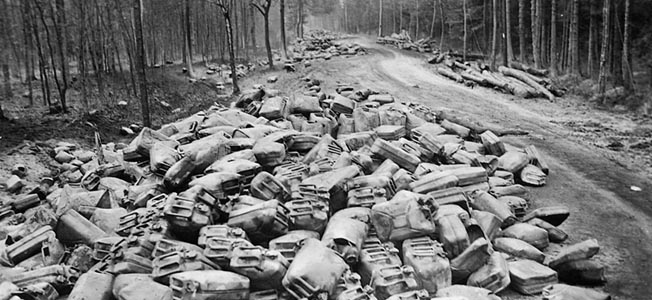
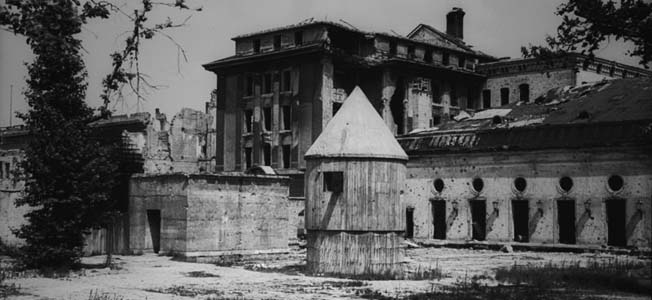
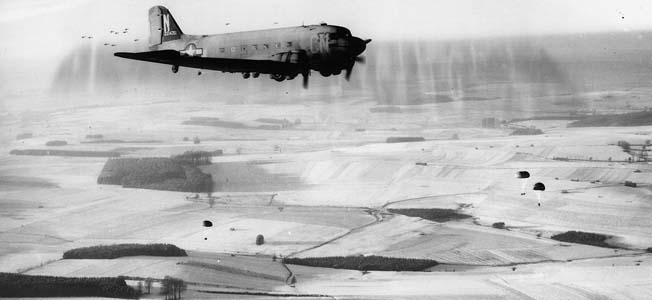
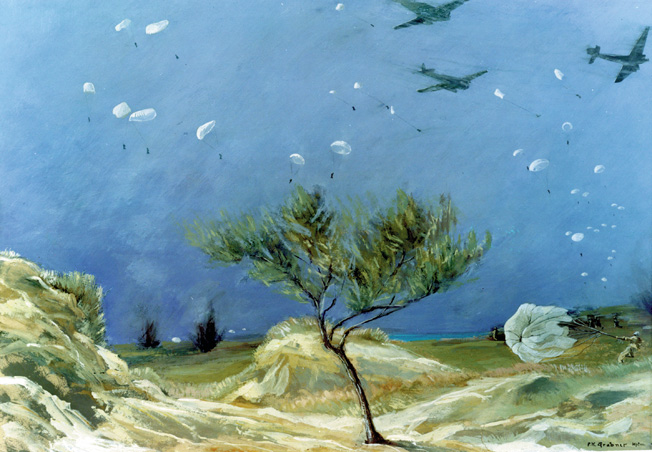
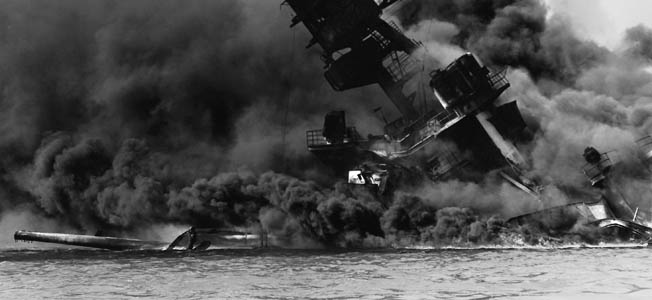
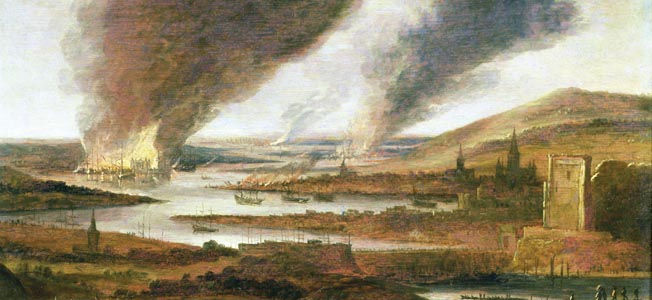
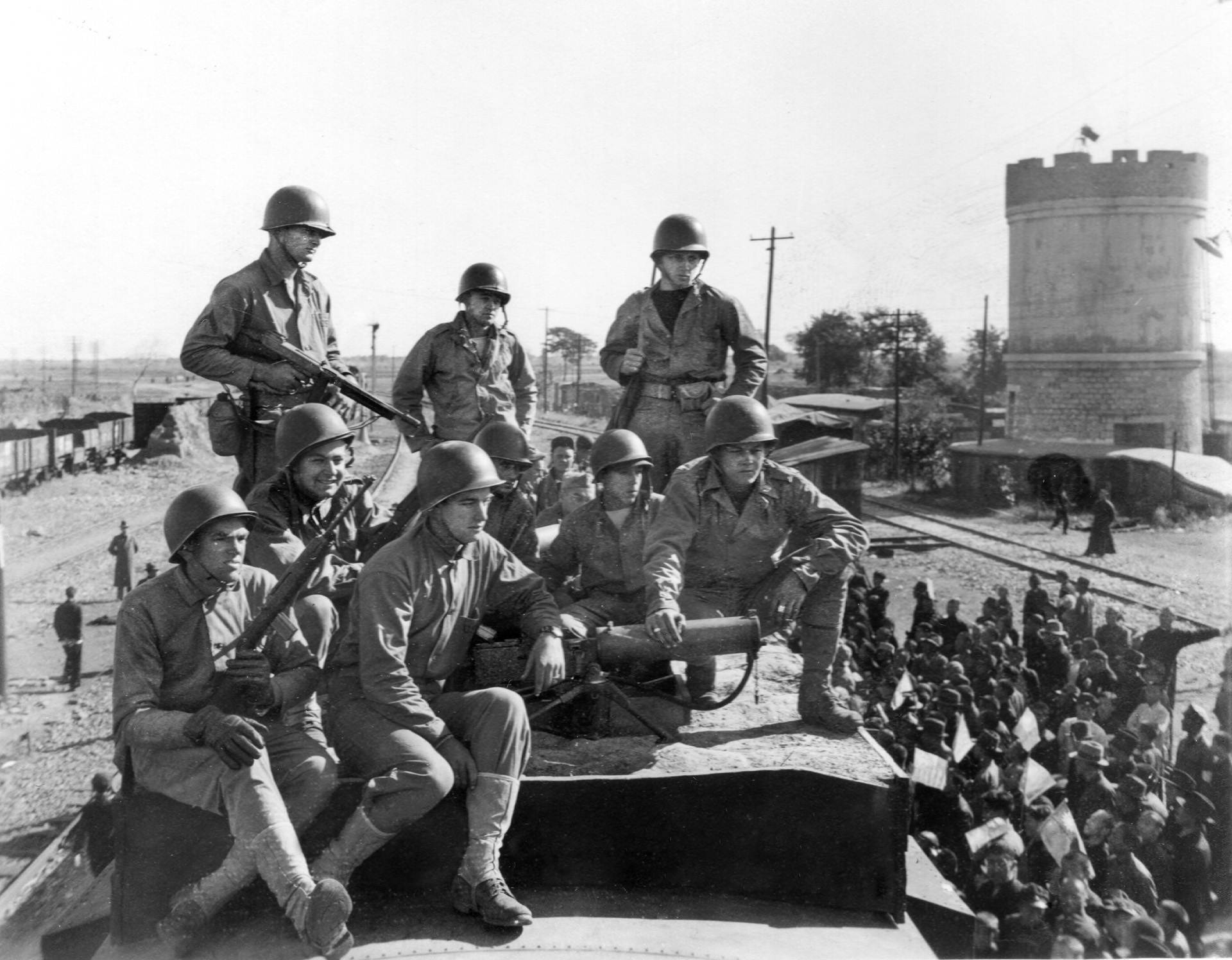
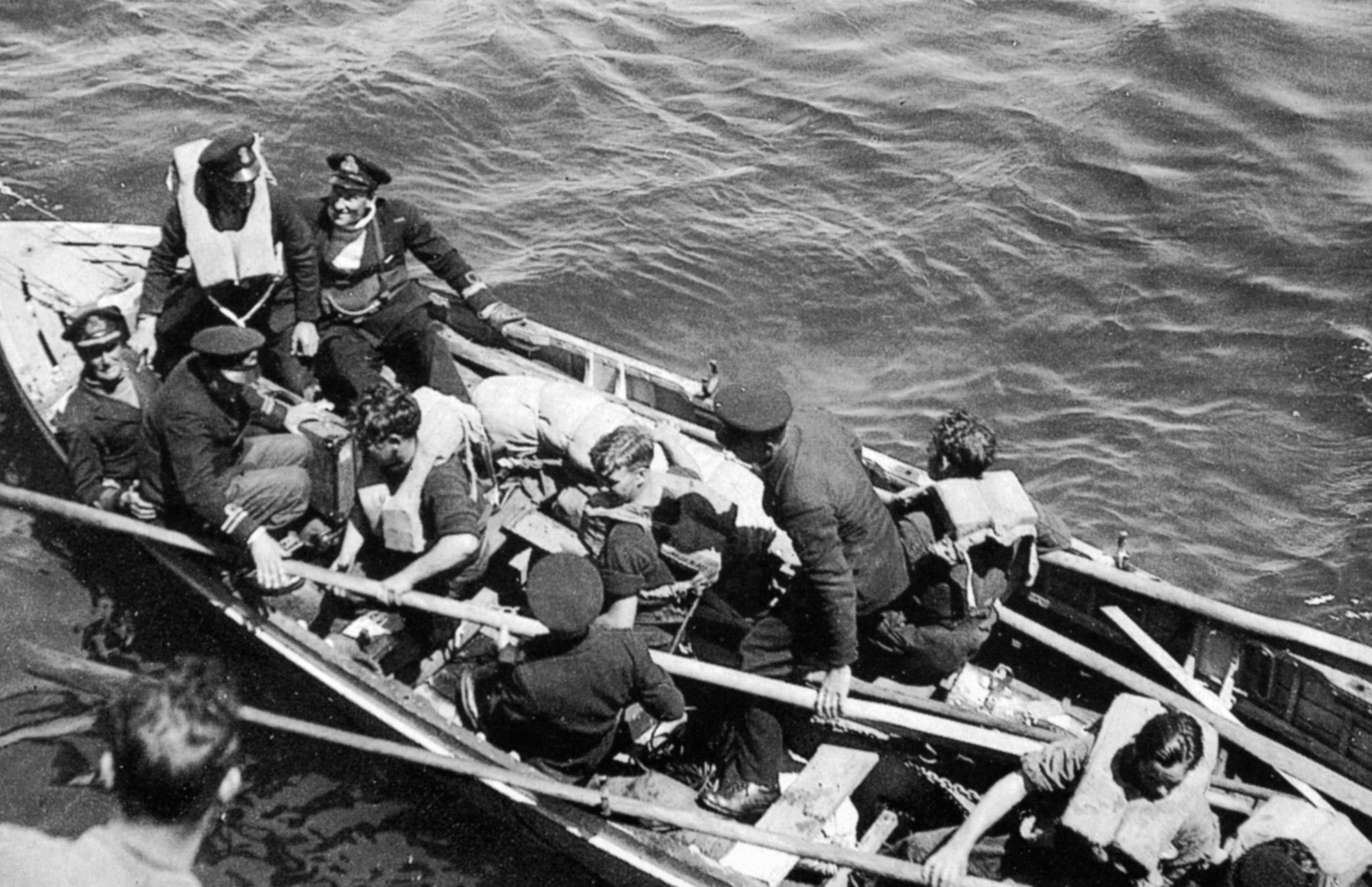
Commendations and recognitions should be made public to give justice to undervalued black patriots.
Request information for the 501st Quartermaster truck company.